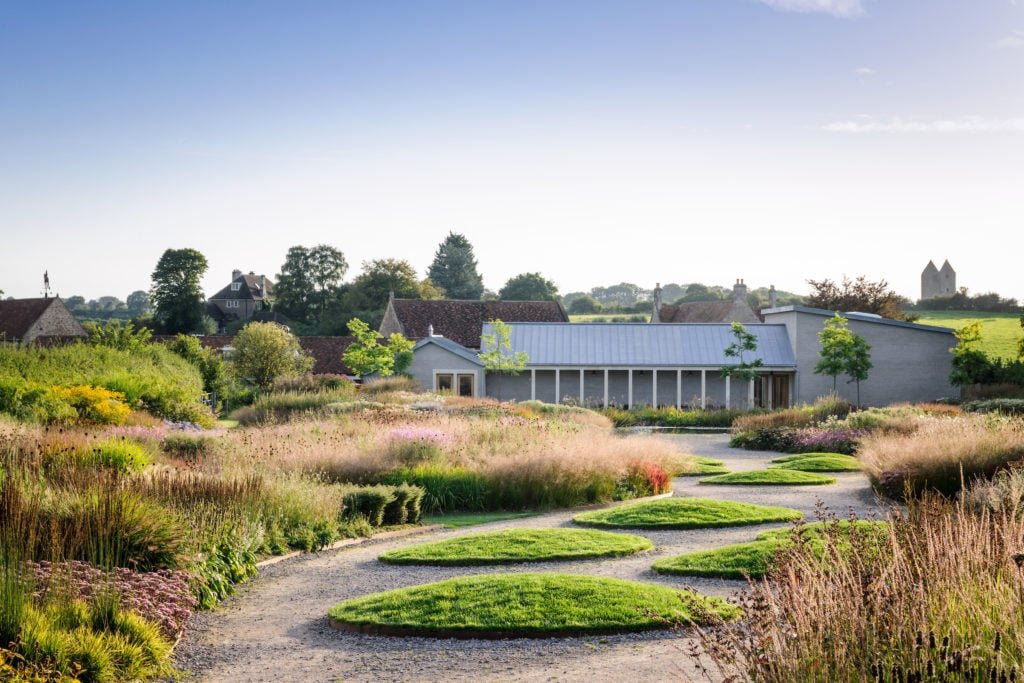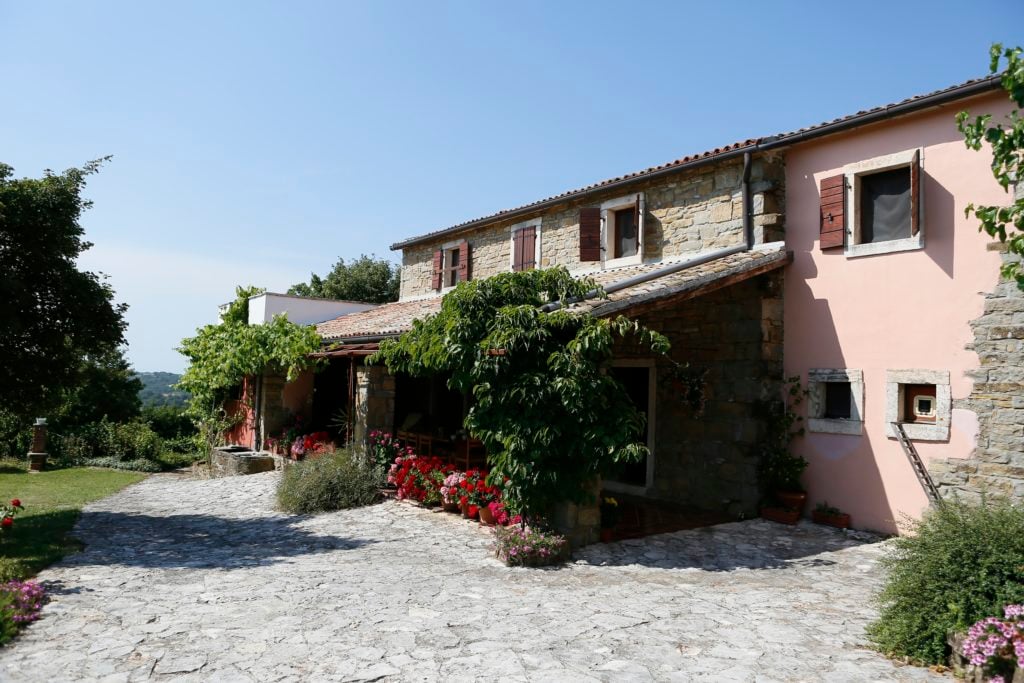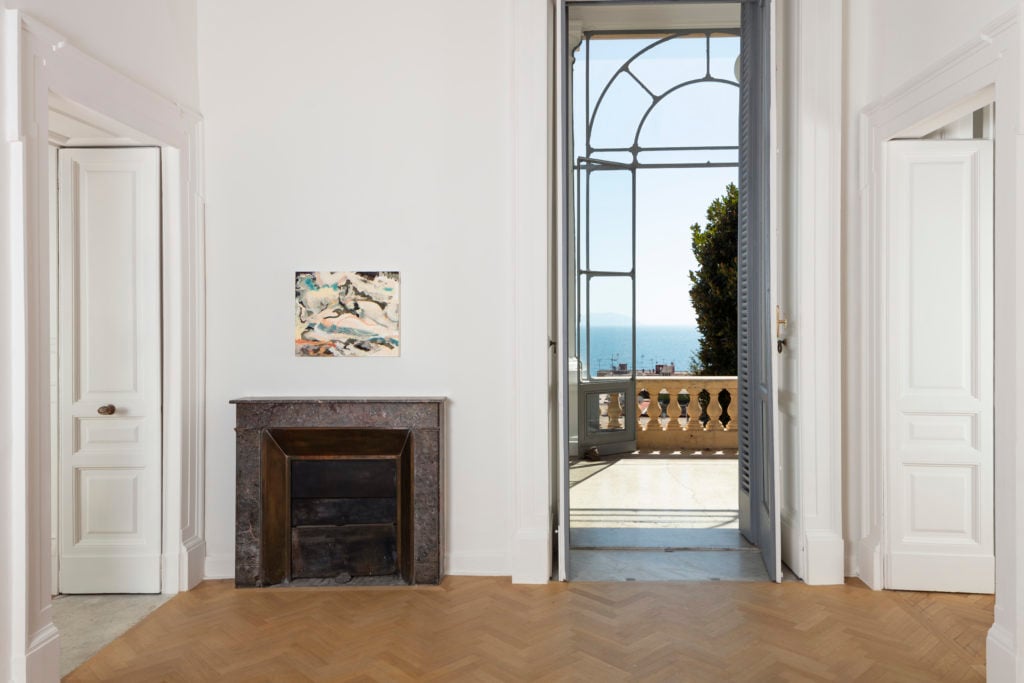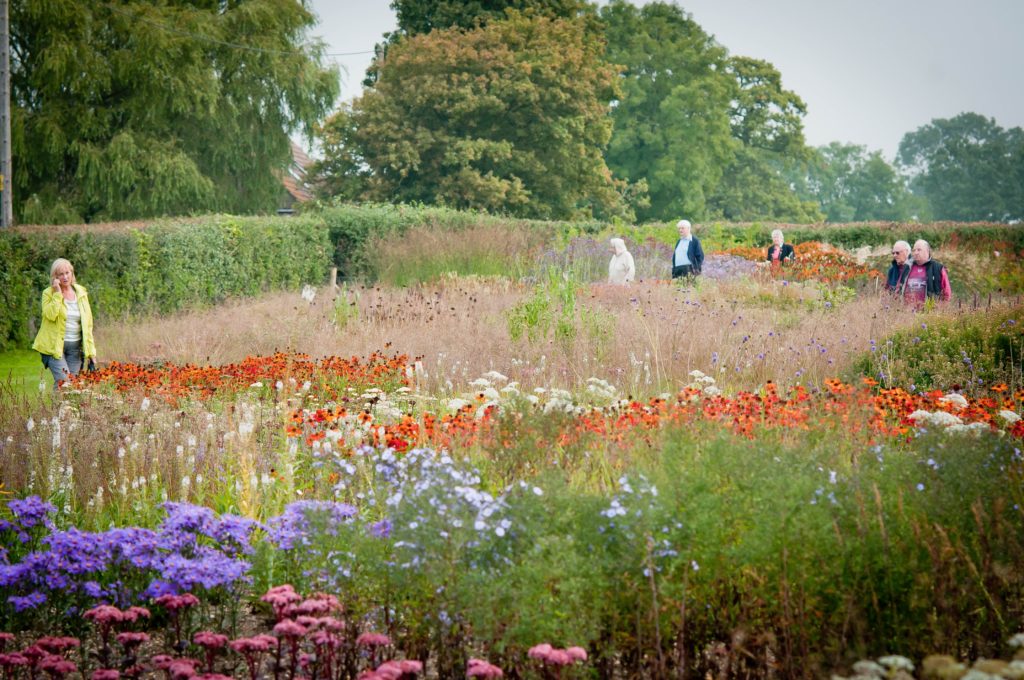Galleries
Dealers Already Give Their Star Artists Plenty of Money and Space. Now They’re Giving Them Luxurious Residencies, Too
Galleries are doing more than ever before to keep artists happy and present themselves as cultural destinations.

Galleries are doing more than ever before to keep artists happy and present themselves as cultural destinations.

Brook Mason

Fifteen hundred: that’s how many artist residencies there are across the world, from those supported by universities and museums, to smaller, non-profit projects that focuses solely on supporting the visions of contemporary artists.
Many of these, including those at the Skowhegan School of Painting and Sculpture in Maine and the Yaddo artists’ community in Saratoga Springs, are run independently of commercial enterprises. But dealers are also hosting their own programs, which have unique challenges and opportunities.
As far back as 1976, the Vienna dealer Urusla Krinzinger established a residency in Croatia, and since then has vastly broadened her efforts to Austria, Hungary, and even Sri Lanka. More recently, the London gallerist Thomas Dane debuted an exhibition space—which includes an apartment for visiting artists, curators, staff members, and even authors—in a grand palazzo in Naples. And Hauser & Wirth, perhaps most famously of all, has had its residency program in Somerset, England, since 2013.
artnet News peered into these three dealer residencies to catch a glimpse of their inner workings.

Dealer Ursula Krinzinger has run an artist residency program in Croatia for more than 40 years.
Krinzinger, who established her gallery in Vienna in 1971, got the idea of starting a residency from a surprising source: her artist, Marina Abramović.
“In 1976, after having organized one of the very first performances of Marina in Innsbruck, Marina invited me to visit her studio in Groznjan, Croatia, where I spent several weeks,” Krinzinger recalls.
“After discussing galleries and contemporary art, we decided that Galerie Krinzinger should absolutely do a long-time project in Croatia.” In fact, Abramović even zeroed in on the perfect venue.
“This big, empty school house was fantastic for the artists to work in and very suitable for residencies,” Krinzinger says. “At the beginning, the main focus was on working with video, which back then something extraordinary. We supplied the artists with the best equipment that we [could get]. In addition, all other types of media were available.”
Exactly 25 years later, the dealer added another residency, called Krinzinger Projekte, to downtown Vienna. Each guest is afforded an apartment with a studio and their projects culminate in gallery exhibitions accompanied by catalogues.
“During their stay, the artists are taken care of by specialized people who bring curators and collectors to visit them, and the artists also have a daily lunch with art historians working in the Projekt house,” Krinzinger says.
Over the past 17 years, some 50 artists—among them Johanna Calle, Andy Coolquitt, and Erik van Lieshout—have taken part in her programs.
For Pakistani artist Waqas Khan, whose work can be found in the British Museum, the V&A, and the Deutsche Bank collection, the residency opened new ways of working.
“Prior [to the program], I had only completed small drawings and barely dreamed of doing large ones,” he says. Because the studio was three times the size of his Lahore space, Khan was able to produce drawings some four feet in length, which he says are “akin to tapestries”.
And he likely would never have begun such works without the program. “Ursula did everything for me far beyond paying for my airfare, while nurturing me,” Khan says. “And I fell in love with Vienna.”

A look at Cecily Brown’s exhibition, “We Didn’t Mean to Go to Sea,” at Thomas Dane’s Naples location. Courtesy the artist and Thomas Dane Gallery. Photo: Amedeo Benestante.
For Dane, the idea for a Naples residency to accompany his Italian gallery came about over dinner with Vogue editor Hamish Bowles and Allegra Hicks, the London designer. “Allegra said, ‘Why not and have artists stay?’” Dane recalls.
Before long, Dane hired the architect Alberto Sifola, who spotted a convertible building and designed the interior and the apartment. Dane furnished the space with a mix of Italian antiques and an iconic Carlo Scarpa sofa.
“For me, it was an instinctive choice and a way to enrich not only artists, but also friends’ lives by immersing them in an extraordinary city rich in culture,” says Dane, who heads to Naples once a month.
Though located far from Dane’s two London galleries, his new venue immediately drew a steady stream of art world sophisticates. “When planning an inaugural dinner for 100, Cecily Brown immediately said, ‘I’ll come.’” Other guests included Glenn Lignon and Nick Serota. Since then, Dane has held a dinner for the American Friends of the Pompidou, and will host another for the Whitney Museum of American Art Friends in September.
The London born, Los Angeles-based artist Walead Beshty has already racked up several stays at Dane’s Neapolitan guesthouse.
“I took up the Italian newspaper Corriere [della Serra] for making collages,” he recalls. “Yet the impact of exploring the city, from going through Pompeii with archaeologists to studying Hellenistic vases up close, rather than the ones enshrined in museums like the Met, gave me a sense of the city’s incredible layering of history.”
But there was an additional benefit. For Beshty, it was heading to the outdoor markets and cooking up a storm. “Thomas never missed a beat and even outfitted the kitchen with cookbooks.”
And best of all, according to Dane? “You can sit on the veranda and have an espresso while overlooking the Bay of Naples.”

Oudolf Field at Hauser & Wirth Somerset. Photo: Vincent Evans. Courtesy of Hauser & Wirth.
An artist’s residency has long been a pillar of Hauser & Wirth’s prodigious program.
In 2013—a year before the gallery opened an exhibition space on its vast estate in Somerset, which also includes a garden by Dutch landscape artist Piet Oudolf—it set up a formal residency program in a complex of 18th-century stone buildings, complete with a capacious apartment and two studios in the nearby village of Bruton.
Pipilotti Rist, the inaugural resident, was followed soon after by Martin Creed, Rashid Johnson, and Guillermo Kuitca. In addition to artists, British horticultural specialists, academics, and those who specialize in crafts have also participated in the program.
“There is no set rule around artists that are selected,” says Alice Workman, a senior director at the gallery who oversees its cultural centers. “Some are represented by Hauser & Wirth and others are invited.”
Some are even invited twice. The New Delhi artist Bharti Kher, for example, is set to return to Bruton in September.
“For me, setting down roots in Bruton for the summer was an incredibly productive experience,” says Kher, whose first residency was spent making drawings and visiting foundries to delve deeper into the process of bronze casting.
“Sometimes it’s great to remind yourself that you can do and make everything you want to alone,” she says. “Stripped bare without my safety net of books, things, familiarity, and most importantly, my team, it was good for me to remind myself how to be alone and how much I liked it.”